David Oppenheim On Photography, Teaching Public High School & Three Decades In Park Slope

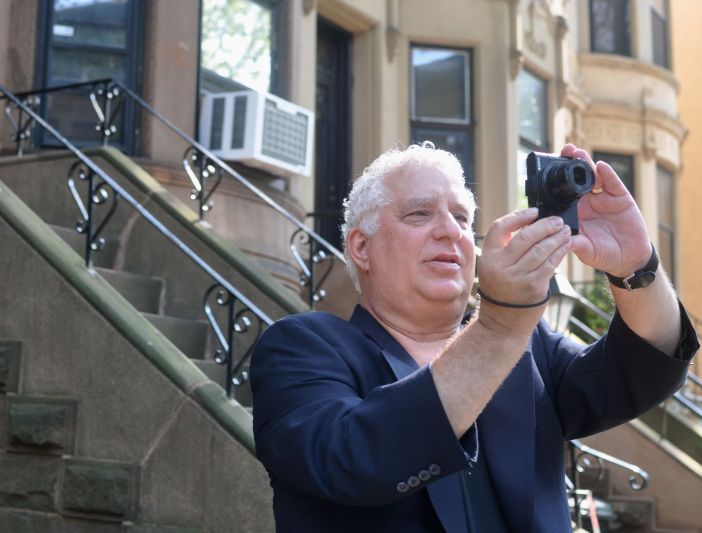
“I’ve been taking pictures since I was five years old,” says Park Slope neighbor David Oppenheim. “And I just kept on doing all of this. I never gave it up.”
What so many years of photos amounts to is an incredible backlog of negatives, slides, and prints filling up his son’s former bedroom, now a den. They’re photos spanning a New York life, from growing up in suburban Westchester, to attending college at NYU, to his current apartment, where he and his wife have lived since 1997. Having recently retired from teaching high school English, he’s looking at digitizing his entire collection and putting it all online on his website, StockOPP, which is a bit of a daunting task — particularly as he continues to take pictures.
“I don’t know how many pictures there are, probably in the thousands,” he says. “My mission is to upload them all. They’re so historical.”
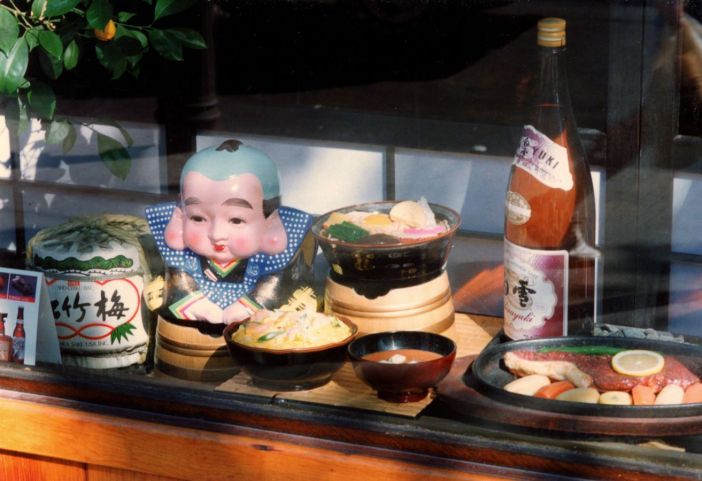
At first armed with a Kodak Brownie and working through a variety of cameras after that, Oppenheim got started young, and blossomed in his work almost immediately.
“I’ve been an artist since I was a kid,” he says. “One of my friends taught me how to develop black and white, and I’d develop in my parents’ laundry room. I was doing that when i was 13. Four years later, I was published in Popular Photography.”
He explains that he’d been sending black and white photos into the magazine, when a year later, a girlfriend connected him to Ralph Hattersley, a famous teacher and photographer who served as a contributing editor to the magazine. So she introduced them at Hattersley’s office.
“I said, ‘I sent you some stuff, I want to pick it up, and I have new stuff,'” Oppenheim says. “He checked out the slides and loved them, and one of their editors used one in full-page color.”
It wasn’t the only big exposure he received — not long after, he was in California, and decided to pay a visit to Annie Leibovitz, who at the time was working at Rolling Stone.
“I happened to be in San Francisco, and I happened to have my portfolio, and she loved the picture,” he says. “I just showed up. I wanted to see if I could get published. I only got paid 50 bucks, but I got credit.”
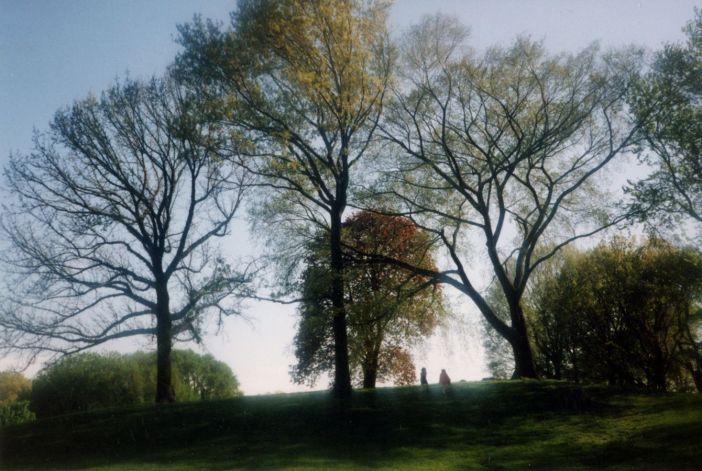
As exciting as being published was, freelance photography work was not as lucrative as he’d hoped, so he headed to college. He graduated in 1977 from NYU with a degree in film and television, but encountered a lot of difficulty in job market at the end of a major recession. With the photography background, he managed to get work in a lithography studio, and ended up in production and then sales — not quite the artistic pursuit he’d been hoping for. By 1986, he was tired of it, and decided to make a big change.
“I said, ‘I’m bored with the sales, what do I like? I like books,'” he says, and with that, he went back to NYU, and was accepted into a writing-based English program that led to a full teaching degree. “I worked as high school English teacher for 26 years, which I loved. I wasn’t a born teacher. I don’t want to say I fell into it, it’s like i was lucky enough to be there at the right time, and to do it all my way. I did it out of a love of literature — that’s the basis of me becoming a teacher.”
While in school, he taught some classes in the elementary level, mostly in District 15 in our area. “I don’t know if it’s better or worse,” then or now, he says of the local schools, thinking back. But after decades working at Clara Barton, and then John Dewey, he did watch some major changes roll in.
“It started going downhill,” he says. “It’s a long story, it’s the story of the entire New York City public school system — they watered it down, they made everything too easy, they didn’t have enough standards. Now the standards are too high, now it’s the opposite. It’s too standardized, and they’ve taken the life out of it.”
Still, while he was teaching, he enjoyed it immensely — he says Catcher in the Rye was one of his favorite books to read with his classes — but given his background in photography, it might seem a bit odd that he didn’t teach that.
“Honestly I never wanted to teach photography,” he says. “But my avocations are almost more important than my vocations. That’s just the way it is. They didn’t mesh.”
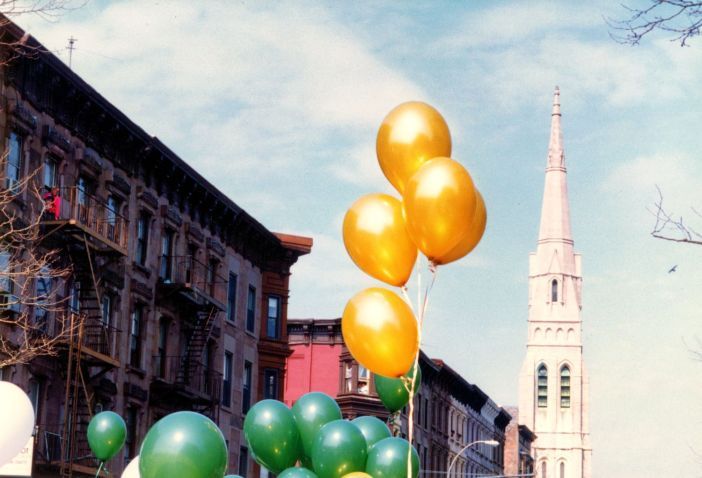
So now that he’s retired, he’s got more time to devote to the avocation, and you can see it develop as he adds more old photos to StockOPP, and as he learns new ways to share his work. His son recently pointed him to Instagram, where you can see a bit of his style — which, though there’s clearly some thread through a lot of his work, doesn’t necessarily stick to one niche, but is more open to experimentation with subjects and textures.
“It can be conscious, but I don’t go out there to have a style,” he says. “I think I have a surrealistic and design sense, so that’s my style.”
You can see some of that style in his shots from around the neighborhood taken throughout his life here — a place that, when his future-wife first suggested it as a place to live in 1982, he wasn’t quite sure about. Or, really, didn’t know anything about.
“She said Park Slope, and I said, ‘Park Slope, where’s Park Slope?’ Back then it was just barely beginning to gentrify — It was gentrifying, but not like now.”
Still, he decided to give it a chance, and they moved to an apartment on 1st Street before eventually fully committing to the neighborhood by purchasing a co-op in the late ’90s. He says he appreciated the character of the neighborhood more then than he might now, though the trade-off has been increased safety and a lot more delicious places to eat.
“Now 5th Avenue is what 7th Avenue used to be,” he says. “When I first moved in, 7th Avenue was lots of bars, but now there are coffee shops and great restaurants, and now 5th Avenue has done that. 5th used to be really run-down, and, if I can use the word, crappy. I didn’t really spend time over there — and 4th Avenue was really scary! Shooting the marathon was the only time I took pictures down there. I would never carry a full size camera.”
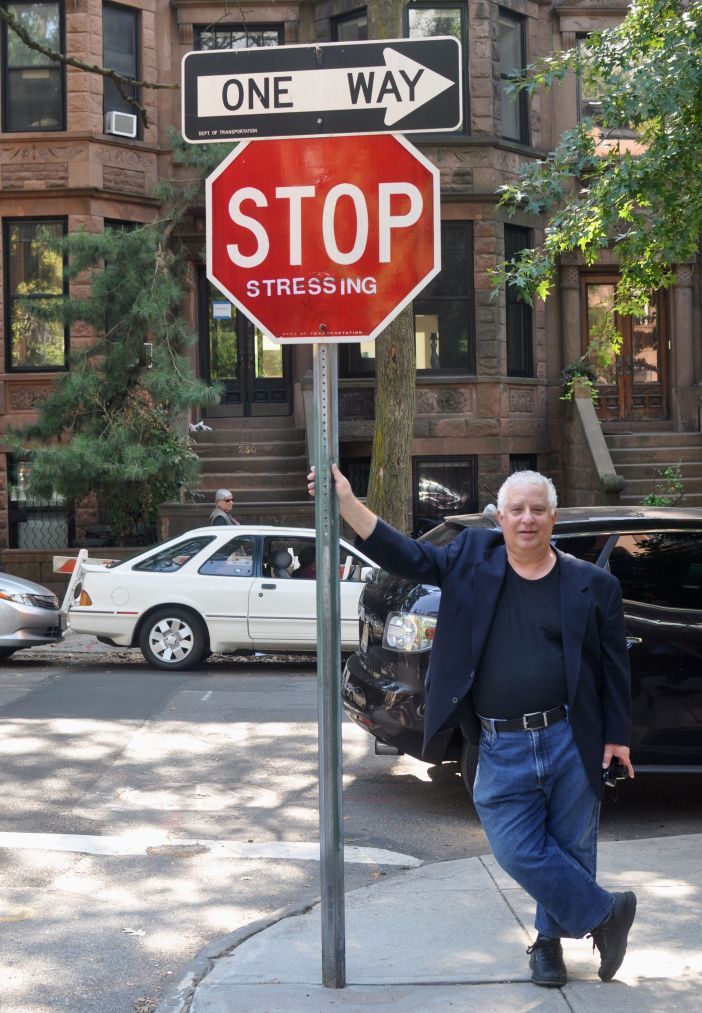
These days, you may spot Oppenheim strolling down some favorite local blocks, lifting up one of many different cameras he’ll occasionally carry — and don’t be surprised if you see that shot up on his site eventually, too.




